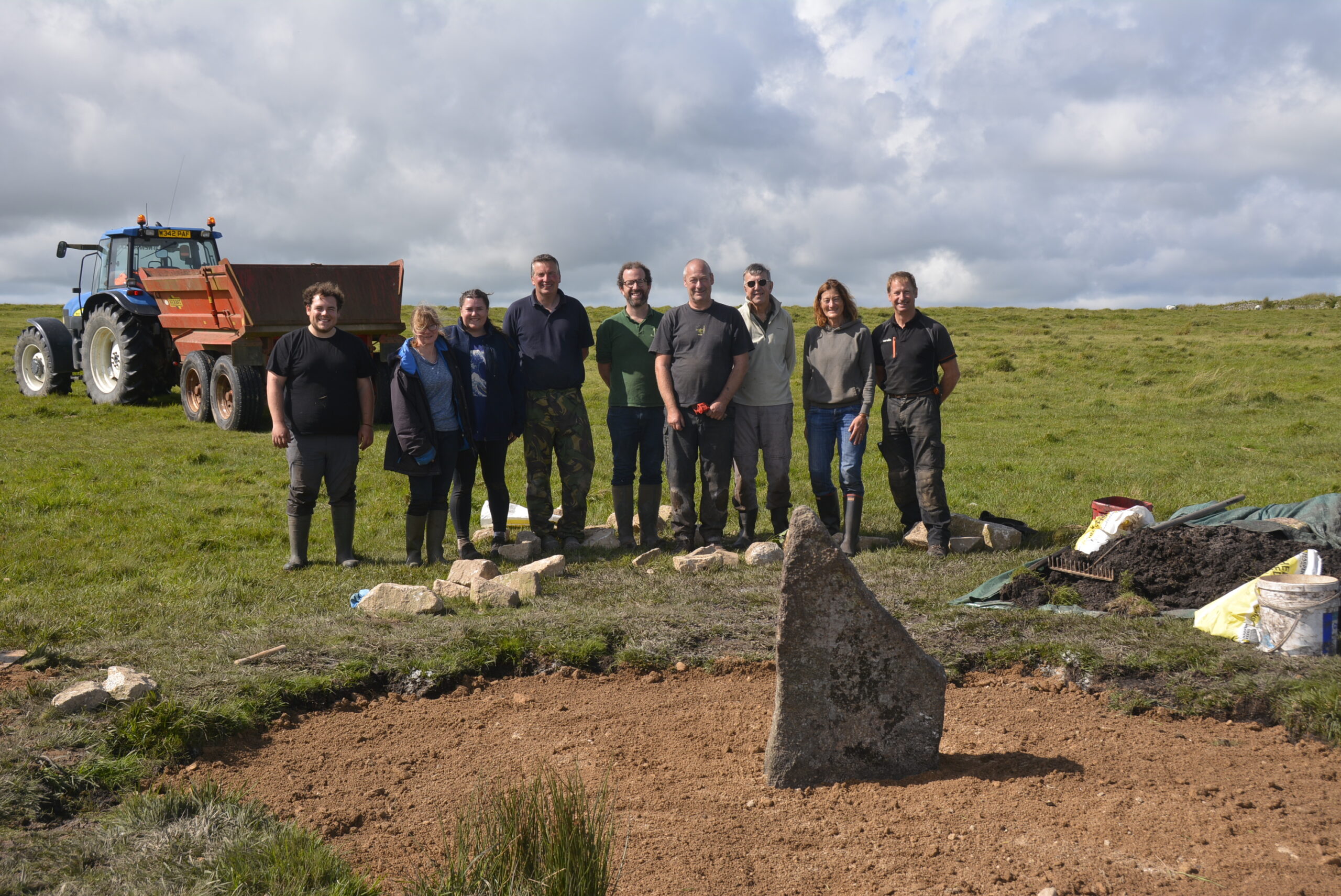Making Space for Water: A Connected Approach to River Management
Last month we celebrated World Rivers Day, a reminder that rivers deserve more than a passing thought. They shape the landscapes we live in, support agriculture, sustain a variety of...
James Richards







